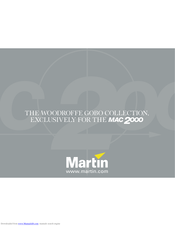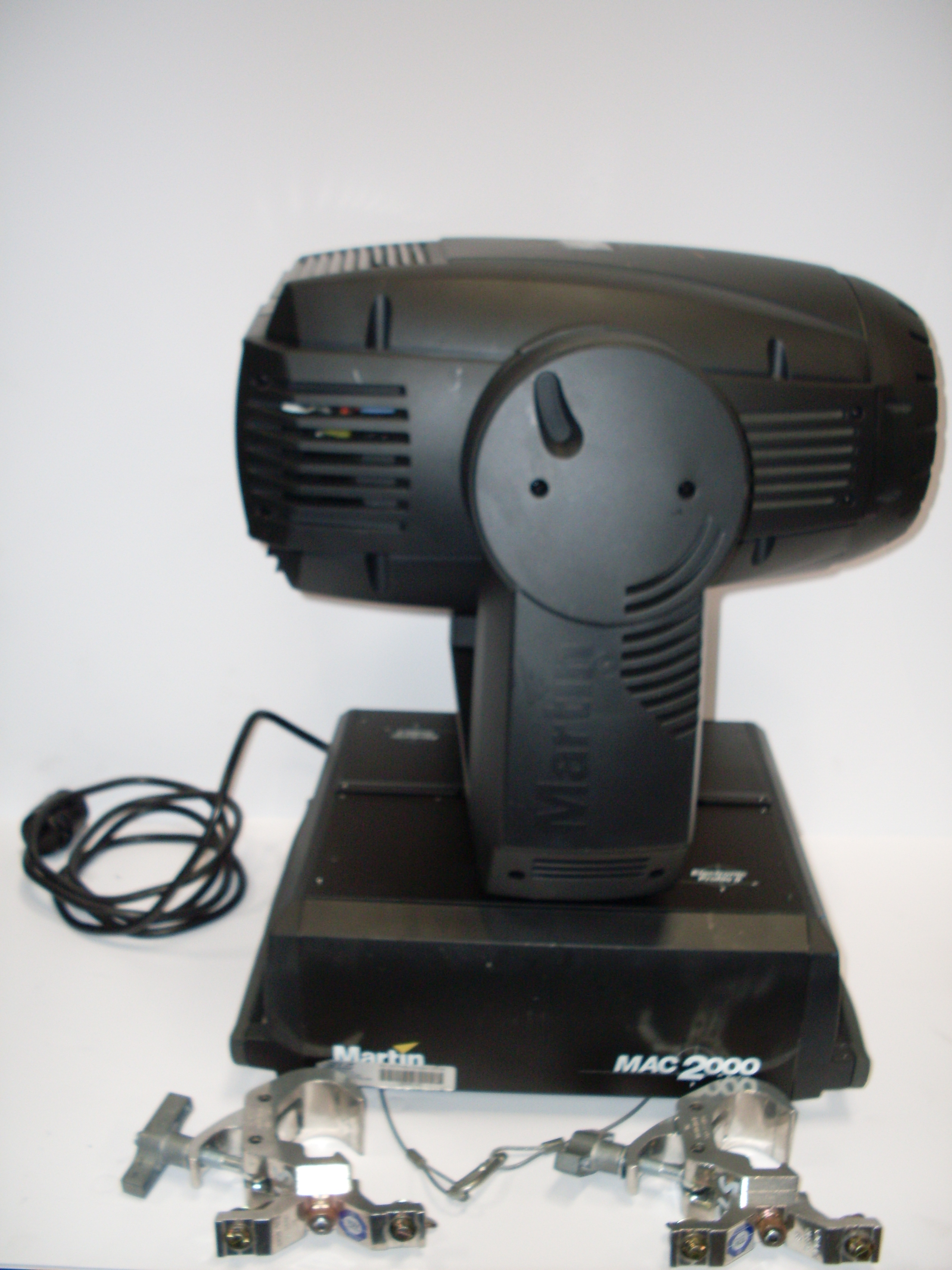Mac 2000 Profile Manualranchwestern
You are currently viewing a snapshot of www.mozilla.org taken on April 21, 2008. Most of this content ishighly out of date (some pages haven't been updated since the project began in 1998) and exists for historical purposes only. Ifthere are any pages on this archive site that you think should be added back to www.mozilla.org, please file a bug.
- Thunderbird Help

Mozilla Thunderbird stores all your personal settings, such as your mail, passwords and extensions, in a profile. The profile is stored on your hard drive in a profile folder.
If you run into problems using Thunderbird (e.g. problems starting after installing an extension, or other features not functioning properly), the first thing you're usually asked to do in the tech support forum is to create a new profile. This tutorial will not only show you how to do that, but also how to create backups and move or restore existing profiles.
Contents
- . Power supply adjustments for the various MAC 2000 Profile models. Connection to a power supply (see page 11). The reduced power function (see page 11) Fuses The MAC 2000 Profile comes with two:. 20 AT (time delay) main fuses for use with AC supplies of 100 - 120 volts. 15 A main fuses for use with AC supplies of 200 - 250 volts.
- The MAC 2000 from GE Healthcare is a high performance 12-Lead resting ECG machine which helps the clinician make a fast and accurate diagnosis with the power of the Marquette 12SL analysis program. MAC 2000 features a 7' colour display, A4 print out and is supplied with a market leading 5 year warranty.
Using a printer color profile is easy! In just a few steps you will be getting more consistent and accurate inkjet prints. Learn how to use ICC printer color profiles with Photoshop and Photoshop Elements with Windows or Mac for Epson, Canon, and HP inkjet printers.
Locate your profile folder
Knowing where your profile folder is stored can be useful if, for example, you want to make a backup of your personal data.
- On Windows Vista/XP/2000, the path is usually
%AppData%ThunderbirdProfilesxxxxxxxx.default, where xxxxxxxx is a random string of 8 characters. Just browse toC:Documents and Settings[User Name]Application DataThunderbirdProfileson Windows XP/2000 orC:users[User Name]AppDataRoamingThunderbirdProfileson Windows Vista, and the rest should be obvious. - On Windows 95/98/Me, the path is usually
C:WINDOWSApplication DataMozillaThunderbirdProfilesxxxxxxxx.default - On Linux, the path is usually
~/.thunderbird/xxxxxxxx.default/ - On Mac OS X, the path is usually
~/Library/Thunderbird/Profiles/xxxxxxxx.default/
%AppData% is a shorthand for the Application Data path on Windows 2000/XP/Vista. To use it, click Start > Run.. (use the search box on Vista), enter %AppData% and press Enter. You will be taken to the 'real' folder, which is normally C:Documents and Settings[User Name]Application Data on Windows XP/2000, C:users[User Name]AppDataRoaming on Windows Vista.
Create a new profile
The screenshots are from Firefox, but the appearance is the same in Thunderbird.
In order to create a new profile, you use the Profile Manager. To start the Profile Manager in Windows, follow these steps:
- Close Thunderbird completely (select File > Exit from the main menu of Thunderbird).
- Select Start > Run.. from the Windows Start menu (use the search box on Vista).
- Enter
thunderbird.exe -ProfileManagerand press .
On Mac OS X, hold down the Option key and double click the Thunderbird icon.
On Linux, start Thunderbird with the the -profilemanager switch, e.g. ./thunderbird -ProfileManager (this assumes that you're in the Thunderbird directory).
Mac 2000 Profile Ii
You should now see the Profile Manager window, shown in the screenshot to the right.
From the Profile Manager you are also able to remove and rename profiles.
Click on the button to start the Create Profile Wizard. Click and enter the name of the profile, e.g. your name or something descriptive.
You can also choose where on the disk you want the profile to be stored, which is useful if you plan on exporting your settings to another computer or setup in the future.
Finally, click to have Thunderbird create the new profile.
Mac 2000 Profile Manual
You should now be taken back to the Profile Manager and the newly created profile should be listed. Select it and click . That's it!You are now running Thunderbird with the new profile, which means all settings are reset to default. If you want to switch back to your old profile, just start the Profile Manager again (instructions above) and select the old profile.

You can also have Thunderbird start a selected profile automatically, so you don't have to pick one each time the browser is launched. Do this by checking the Don't ask at startup option.
Unit 7: The Civil War As the nation expanded, Americans had to confront the issue of slavery in the territories. The Compromise of 1850 temporarily calmed the Union. Unit 7: the civil warmacs history. Start studying U.S History Unit 7- Civil War & Reconstruction. Learn vocabulary, terms, and more with flashcards, games, and other study tools. Heritage High School-American History-Mr. Unit 7- Civil Crisis & Civil War (1850-1865) unit 7 big ideas document. Unit 7 resources. View Unit 7-Civil War and Reconstruction.pptx from HISTORY US History at Centerville High School, Centerville. Unit 7-Civil War and Reconstruction 1861-1876 Unit 7 Vocabulary. Sectionalism –. Learn the civil war unit 7 with free interactive flashcards. Choose from 500 different sets of the civil war unit 7 flashcards on Quizlet.
Mac 2000 Profile
Backing up your profile
Backing up your profile folder in Thunderbird is easy. Just follow these steps (which assumes you know how to manage files on your computer):
- Shut down Thunderbird completely (File > Exit).
- Make a copy of your profile folder to, for example, a CD-RW disc or a separate hard disk for backup purposes.
Move an existing profile or restore a backed up profile
It's possible to move the location of a profile folder. This could be useful if you have a backed up profile folder somewhere on your hard drive and want to tell Thunderbird to use that as your profile. This section explains how to do this.
- Shut down Thunderbird completely (File > Exit).
- Move the profile folder to the desired location. For example, on Windows XP, move the profile from
C:Documents and Settings[username]ApplicationDataThunderbirdProfilesxxxxxxxx.defaulttoD:StuffMyMailProfile. If you are reading these instructions because you want to restore a previously backed up profile, this step isn't necessary. Just note the current location of the profile you want to restore. - Open up
profiles.iniin a text editor. The file is located in the application data folder for Thunderbird:- On Windows Vista/XP/2000, the path is
%AppData%Thunderbird - On Windows 95/98/Me, the path is usually
C:WINDOWSApplication DataThunderbird - On Linux, the path is
~/.thunderbird/ - On Mac OS X, the path is
~/Library/Application Support/Thunderbird/
- On Windows Vista/XP/2000, the path is
- In
profiles.ini, locate the entry for the profile you've just moved. Change thePath=line to the new location. If you are using a non-relative pathname, the direction of the slashes may be relevant (this is true for Windows XP). - Change
IsRelative=1toIsRelative=0. - Save
profiles.iniand restart Thunderbird.

